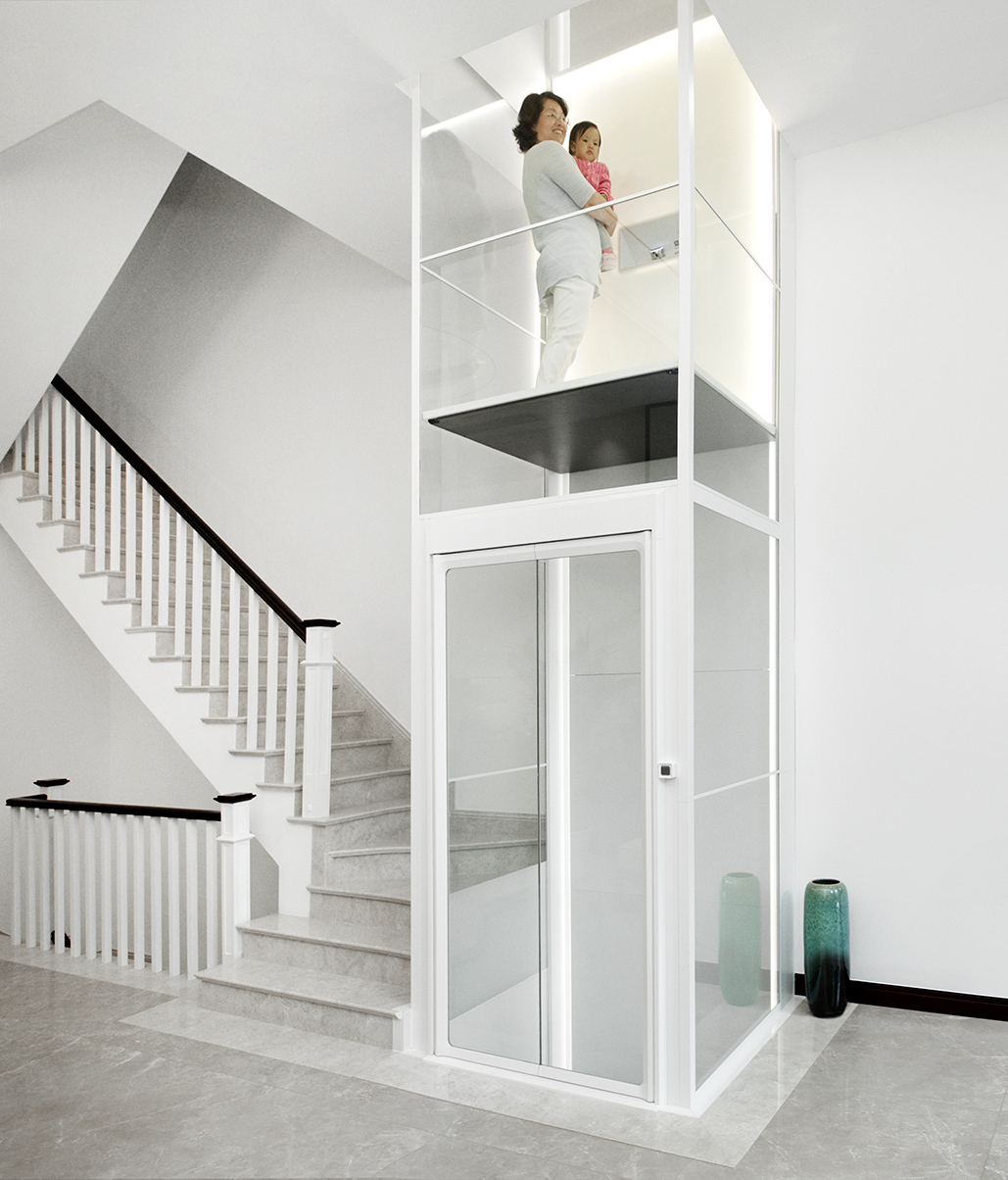

Talking about an elevator, we usually imagine it installed in commercial buildings such as malls, hotels, apartments, or office buildings. Such an elevator is a must because it really helps to transport so many people from floor to floor. You can imagine how hotel guests staying on the 20th floor have to carry their luggage through the stairs to the 20th floor! It can't be right? No wonder before the discovery of elevators, apartment rooms or hotels on the highest floors were the cheapest because no one wanted to live in them.
Because of that, most people are confused when they find out that now even at home you can install an elevator even though the house is only 2 or 3 stories high. What is the need for people to install an elevator in his house? Is it because you have too much money?
There are at least three common questions about home elevators, including:
1. Why do homes need an elevator?
In our experience, the main reason for procuring a home lift is not luxury, but necessity. For example:
- If the house is more than 2 floors, then access to the third floor is usually quite tiring. The existence of an elevator makes the mobilization of people and goods much easier and more comfortable.
- If in the house there are old people or sick, maybe just had surgery or an accident, then the elevator will really help mobilize and improve their quality of life.
- There are also people who anticipate the future, where they consider that in the next 5 years they will begin to have difficulty going up and down stairs because of their declining health. They are installing elevators for the future.
- The existence of an elevator in the house can also increase the selling value of the house!
2. What is the difference between a home lift and an elevator in general?
There are some basic differences between a home lift and an elevator for a commercial building, namely:
- Capacity
The capacity of a home lift is generally smaller than that of a typical passenger lift. This is related to the number of passengers who will use it. For Volkslift, the home lift has a capacity of 300-400Kg, to carry a maximum of 4-6 people. Passenger lifts generally have a capacity of 450 to 1000 Kg (up to 15 people). However, as small as the capacity of the Home Lift, what needs to be considered is: the dimensions of the length and width of the cabin must be sufficient to fit a wheelchair!
- Speed
Passenger elevator speed is generally 1 m / s, while for tall buildings it can reach 6 to 7 m / s. This high speed is important so that passengers do not wait too long in the elevator. Home elevators which are projected for home use 3-4 stories, usually have a lower speed.
- Pit
Because the speed of the home lift is much lower, the Pit that is needed does not need to be deep. For a home lift from Skelevatoria, the pit only needs to be 50-60 cm deep, while for the Passenger Elevator it may require a pit 1.5-2 m deep!
- Hoistway Dimensions
Due to the limitations of the capacity and speed of the Home Lift, generally the home lift does not require a wide hoistway, so it does not take up much space in the house.
- Electrical Requirements
The limited specification of the home lift also makes it more energy efficient compared to passenger lifts. For Volkslift, the home lift is driven by a 1Kw motor, while for passenger lifts it is generally driven by a 3.5Kw motor and above!
3. How To Prepare The Elevator For The Home?
Some things that must be prepared so that you can choose the right home lift include adjusting to the layout of the house, evaluating various models of the appropriate elevator, and preparing installation costs.